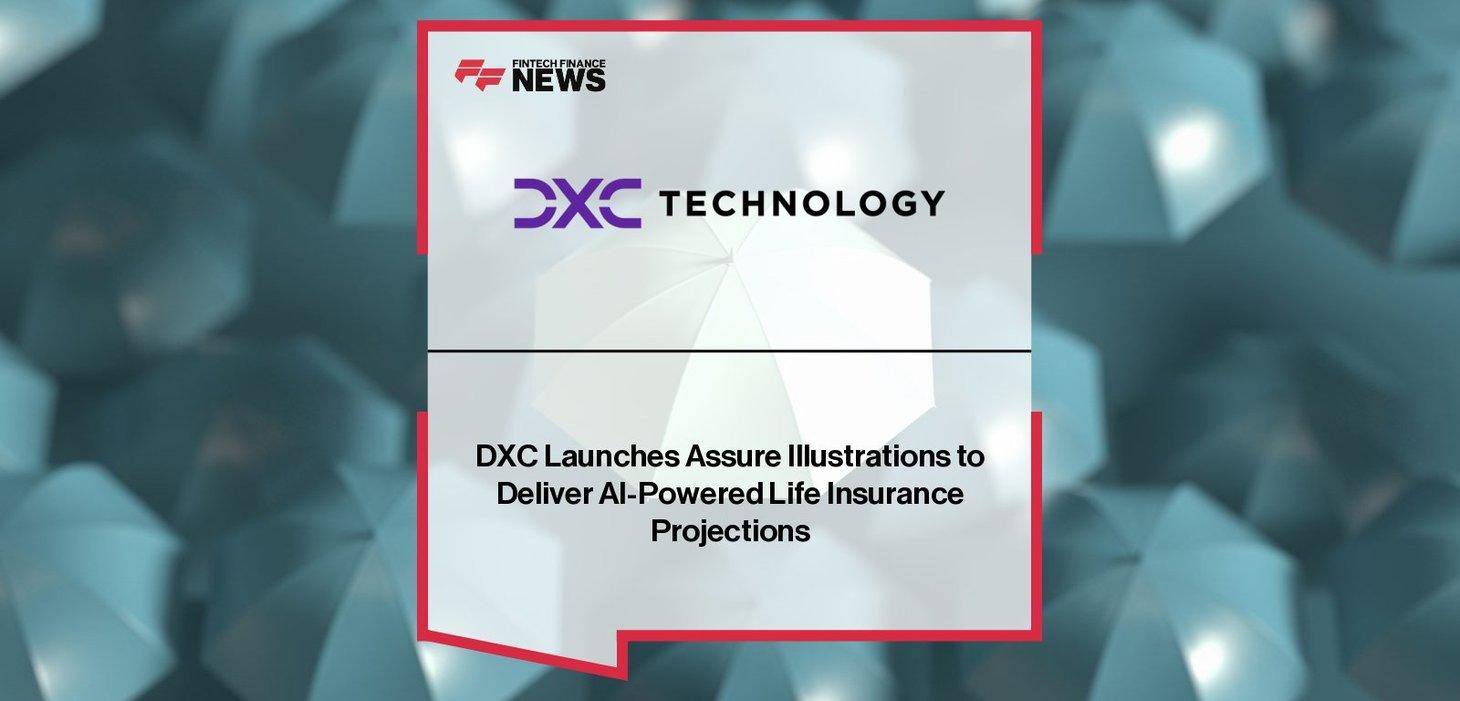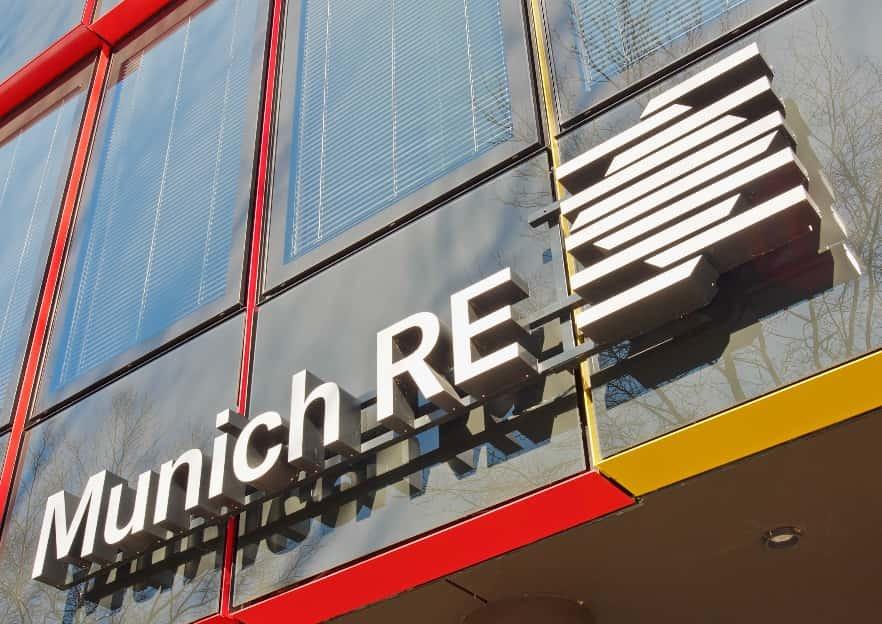Research

Insurity’s digital experience survey finds majority of Baby Boomers don’t want a full digital insurance process
As insurance companies continue to invest in digital transformation, its consumers are not sold on the business model, according to a survey completed by Insurity.
The 2025 Digital Experience Index survey found 59% of Baby Boomers and 39% of Gen X consumers would rather speak to a person than use a fully digital insurance process. It adds only 7% of Baby Boomers and 14% of Gen X see their ideal experience as completely self-service.
Twenty-eight percent of Baby Boomers said they avoid filing an insurance claim because of how frustrating or complicated the digital process is. It also found that 26% of Gen Z and 21% of Millennials have shunned claims because of the digital process.
“These are not minor usability complaints but are blockers to basic insurance functions,” said Sylvester Mathis, Insurity chief revenue and insurance officer, in the release. “When nearly a third of Boomers are skipping claims altogether, it’s a sign that digital strategy cannot come at the expense of accessibility.”
InsurTech/M&A/Finance💰/Collaboration

Carrier caution persists as insurance M&A activity slips during H1 2025 : Clyde & Co
Global insurance carriers stayed on the dealmaking sidelines during the first half of 2025, with activity during the period falling to its lowest level since the financial crisis of 2008.
Carrier caution persists as insurance M&A activity slips during H1 2025
The first six months of the year saw 95 deals completed. compared with 106 in the same period in 2024, falling short of the 10 year H1 deal activity average of 192 deals.
H1 activity is the lowest on record with carriers spurning deals amidst ongoing economic, geopolitical and regulatory uncertainty Insurers conserving capital, preferring selective deployment of funds through share buybacks and smaller bolt-on acquisitions Pent up carrier demand set to focus on opportunities in regional markets and MGA aggregation in second half of the year volume-of-deals.png
Carrier caution was abounded during this period, fuelled by a combination of ongoing geopolitical uncertainty, inflationary concerns and wider economic turbulence, and stubbornly high valuations.
With reported interest from private equity bidders also falling, carriers sought to retain their war chests, instead selectively pursuing smaller bolt-on deals, share buybacks and organic investment projects instead.
Carriers in the US made selective acquisitions, with notable deals crossing the line over the period, including Sentry Insurance’s $1.7bn acquisition of The General from American Family insurance, while Markel’s acquisition of the UK’s MECO, a specialist marine MGA, highlighted the ongoing interest in the MGA market.
Cover Whale Announces $40 Million in Growth Equity Financing from Morgan Stanley Expansion Capital to Fund Growth Initiatives
Cover Whale Insurance Solutions, Inc., a leading insurtech specializing in connected insurance for commercial auto, announced $40 million in new equity financing from Morgan Stanley Expansion Capital. The financing will enable Cover Whale to accelerate investments in its technology platform, analytics, and expand its product offerings to drive increased growth and profitability.
Founded in 2020, Cover Whale’s proprietary technology platform and algorithmic underwriting enables agents to bind trucking insurance policies online in minutes. By leveraging real-time telematics and other data sources, Cover Whale continuously underwrites policies throughout their term, achieving industry-leading loss ratios in the traditionally challenging commercial trucking market segment.
Commenting on the financing, Dan Abrahamsen, Founder and CEO of Cover Whale, said: “After years of rapid growth, 2024 marked a pivotal year for Cover Whale as we focused on re-building our foundation. We invested in our technology platform, built a high-performing service organization, and refined our pricing, underwriting and loss control programs. Morgan Stanley Expansion Capital’s transition from lender to equity partner is a gratifying affirmation of the tremendous progress made over the past few years, and their renewed backing gives us the resources to fully capitalize on the significant growth opportunities ahead.”

DXC Assure Illustrations Launches for Life Insurers
DXC Technology (NYSE: DXC), a leading Fortune 500 global technology services provider, today announced the launch of DXC Assure Illustrations, a next-generation, AI-powered SaaS solution that transforms how life insurers generate and deliver policy illustrations.
Now globally available, Assure Illustrations brings a smarter, faster, and more engaging experience to life insurance projections, modernizing a critical part of the customer journey. Insurers today face growing pressure to deliver personalized, compliant policy illustrations while reducing operational costs and unlocking value from legacy infrastructure.
DXC Assure Illustrations empowers insurers to meet these demands head-on, delivering fast, accurate, and customized projections across advisor, contact center, and digital self-service channels. By eliminating fragmented tools and improving accessibility, the solution enhances both agent productivity and customer satisfaction.
“At DXC, we’re focused on modernizing insurance operations through AI and automation to deliver seamless, intelligent experiences,” said Ray August, President of Insurance Software and Business Process Services at DXC. “With Assure Illustrations, we’re helping insurers accelerate digital transformation and elevate customer engagement. By simplifying complex processes and enabling smarter, more personalized planning, we’re setting a new standard for how the industry connects with policyholders.”

Eventual raises $7.5m to bring stability to US real estate insurance - Reinsurance News
Eventual, a company focused on improving financial stability for real estate owners, has announced that it has raised $7.5 million in funding and introduced Premium Lock, a product designed to provide long-term predictability for property insurance premiums.
This development addresses ongoing issues in the American property insurance market, which has become increasingly volatile due to inflation and climate-related risks.
Eventual explains that, historically, property insurance was stable and affordable, with premiums often remaining flat for years. However, recent years have seen sharp increases, causing difficulties for homeowners and real estate investors.
Many have reported significant premium hikes, forcing property owners to either reduce coverage or continually search for new insurance options at renewal, often with limited success.
Eventual points out that the challenge arises because property owners typically commit to their investments for years or decades, while insurance premiums are reassessed annually.
Eventual’s solution, Premium Lock, is not an insurance policy itself but rather a service that attaches to existing homeowners or commercial property insurance policies, guaranteeing fixed premiums for a three-year period.
Climate/Resilience/Sustainability

Flood: How climate change is making extreme rain more frequent and dangerous.
Flooding is getting more frequent, extreme, and hard to predict—and most of us are dangerously unaware of its risks.
July has been a month of floods. First came the July 4 deluge in the Texas Hill Country, which killed 135 people. Deadly flooding in New Mexico followed the next week. Then a record day of rain pummeled New York City, killing two people in New Jersey and sending waterfalls into the subway system.
More extreme rainfall is a well-documented consequence of climate change, because a hotter atmosphere holds more moisture. With 3,600 flash-flood warnings in 2025 and the year barely half over, the National Weather Service is likely to pass its annual average of 4,000 warnings before long. And yet Americans remain ambivalent about the growing risk of floods.
This spring, the “Climate Change in the American Mind” survey from researchers at Yale and George Mason University showed that large majorities of Americans believe rising carbon dioxide levels are affecting a variety of environmental problems, especially extreme heat, droughts, wildfires, and flooding.
But when asked to describe their own personal exposure to those risks, Americans’ concern level drops substantially. In the case of flooding, just 28 percent of respondents were “very” or “moderately” worried about extreme weather–related flooding in their area, a lower score than any other surveyed event except “reduced snowpack.”
Financial Results

Hartford profit surges as insurance demand, investment income climb - Business Insurance
The Hartford reported a 35% jump in second-quarter profit on Monday, as insurance spending remained strong and investment income rose.
Despite reduced discretionary spending due to geopolitical and economic uncertainties, individuals and businesses continued prioritizing insurance investments to safeguard against risks.
This trend benefited multi-line insurers such as The Hartford, which reported that property and casualty (P&C) written premiums rose by 8% in the second quarter.
The Hartford’s net investment income, before taxes, reached $664 million, jumping $62 million from the year-ago period, helped by the company’s reinvestment at higher interest rates.
The company reported net income available to common stockholders of $990 million, or $3.44 per share, for the three months ended June 30, compared with $733 million, or $2.44 per share, in the year-earlier period.
Shares of the company, which have gained nearly 11% this year, rose 1% in after-hours trading.
Earlier this year, The Hartford refreshed its brand and updated its holding company name to The Hartford Insurance Group Inc.

$80bn in H1'25 insured losses marks second-highest on record - Reinsurance New
Reinsurance giant Munich Re has estimated that global insured losses from natural catastrophe events reached $80 billion in H1 2025, marking the second-highest H1 figure since its records began in 1980.
The $80 billion in insured losses during H1 2025 compares to $64 billion in H1 2024 and is surpassed only by H1 2011, when losses were driven by a devastating earthquake and tsunami in Japan.
Munich Re also disclosed that worldwide, natural disasters caused overall losses of around $ 131 billion in H1 2025 (previous year, adjusted for inflation: $155 billion).
Notably, both overall losses and insured losses were significantly higher than the average for the previous ten years and the previous 30 years (adjusted for inflation: overall losses of $ 101/79 billion, insured losses of US$ 41/26 billion).
Weather disasters caused 88% of overall losses and 98% of insured losses, while earthquakes accounted for 12% and 2% respectively.
Announcements
Erie Insurance Celebrates 100 Years of Service, Resilience, and Community Impact
Founded in 1925 by two visionaries with a pencil and a pad, Erie Insurance marks its centennial as a cornerstone of regional growth, mutual values, and enduring customer trust
Watch video AM Best interview of CEO Timothy Necastro on the history of ERIE Insurance here

Caliber Announces Confidential Submission of Draft Registration Statement for Proposed Initial Public Offering
[Ed.note: The collision repair industry continues to evolve with consolidation, infusion of capital, repair technician shortages and ever-increasing auto technology and OE certification requirements. Insurers are watching with keen interest as repair costs have soared over the last several years. Caliber is the largest MSO (Multi-Shop Operator) with some 1,800 auto collision repair centers in the U.S.]
Caliber Holdings Inc. (“Caliber”) today announced that it has confidentially submitted a draft registration statement on Form S-1 with the Securities and Exchange Commission (the “SEC”) relating to the proposed initial public offering of its common stock. The number of shares to be offered and the price range for the proposed offering have not yet been determined. Caliber expects to use the proceeds from the offering for general corporate purposes, which may include the repayment of indebtedness.
This news release is being made pursuant to and in accordance with Rule 135 under the Securities Act of 1933, as amended, and does not constitute an offer to sell or the solicitation of an offer to buy securities, and shall not constitute an offer, solicitation or sale in any jurisdiction in which such offer, solicitation or sale would be unlawful prior to registration or qualification under the securities laws of that jurisdiction.
Claims
CLARA Analytics Turns AI Toward Subrogation, Targeting Missed Opportunities | Insurance Innovation Reporter
CLARA Analytics expands its AI platform to subrogation, aiming to reduce leakage and help insurers identify overlooked recovery opportunities.
Subrogation might not be the flashiest domain in insurance operations, but to the executives at CLARA Analytics, it represents a significant—and too often overlooked—opportunity to improve insurers’ bottom lines. Now, the Silicon Valley-based AI firm is aiming to change how carriers identify and act on subrogation potential, rolling out new capabilities integrated into its end-to-end claims analytics platform.
“We know there’s a lot of leakage happening across claim shops when they’re dealing with these cases,” says Heather Wilson, CEO of CLARA Analytics.
While precise numbers are elusive, the vendor recently cited industry estimates that suggest up to $15 billion in missed subrogation opportunities annually—a figure that underscores the stakes for insurers. “Whether it’s $15 billion or not, we know the magnitude is significant,” Wilson adds. “And that’s why we felt it was a natural adjacency for us to move into this space.”
Today
The Consulting Crash is Coming
[Ed. Note: Thanks James O'Dowd and Joe Nocera. This information, coupled with current reorganizations at McKinsey & Company, Accenture, Tata Consultancy Services and others, offers a clear view into the impact of AI on the near future of “consultancy”. This is real transformation.]
The Big 4 and large System Integrators are standing idle, losing market share, while OpenAI and Big Tech stroll straight past them, deep into their clients’ corridors.
Everyone's talking about AI tools and strategies, but that's just the bait. The real play? Workflow control. OpenAI and Big Tech are not interested in being an advisor. They want to be infrastructure. OpenAI has already launched a consulting arm, with $10M+ minimum deal sizes, embedding engineers on-site to integrate directly into core operations. This isn’t about selling AI. It’s about leaving something behind that the client can’t operate without.
Because OpenAI knows something the Big 4 still haven’t clocked: The old model of giving advice will commoditize. The moat is what stays behind after the consultants leave. And if that’s a bespoke, deeply embedded AI system tied to compliance, operations, or GTM execution, it becomes the new spine of the business. Rip it out, and everything breaks. That’s not consulting. That’s control.
Meanwhile, the traditional firms are still packaging “AI strategy” as if that’s the value. It isn’t. The value is implementation that becomes permanent. That’s why Big Tech is moving beyond tools and into territory that once belonged to consultants. They’re not pitching roadmaps. They’re writing the code inside your workflows.
The lines between consulting and software are blurring, fast. The winners in this new race won’t just deliver insight. They’ll build dependencies. The firm that leaves behind the most irreplaceable code, context, and capability wins.
LINK: The Consulting Crash is Coming, by Joe Nocera
James O'Dowd, Founder & Managing Partner at Patrick Morgan | Talent Advisory for Professional Services and Private Equity, as posted on LinkedIn
Recommended Events

ITC Vegas 2025 | October 14-16 | A Wonderland of Possibilities
Insurance innovation for our changing world
ITC Vegas (InsureTech Connect)uniquely combines unbeatable networking with what’s new and next, ensuring your time will be spent meeting more people, discovering new solutions, generating deal flow, and creating valuable partnerships. It’s a conference experience for the entire insurance ecosystem and unlike anything you’ve attended before!
Join the transformative insurance event that doesn’t just bring the industry together – it moves the entire industry forward.
'Connected’ Newsletter & Podcast and InsurTech Consulting are proud partners of ITC Vegas 2025 again this year
Use this promo code 200ITC826 to receive $200 off the registration fee. Discount valid for new registrations only BOOK YOUR HOTEL
Regulations
The INSURE Act: Could a New Federal Backstop Stabilize Home Insurance and Make Homes Insurable Again?
Across the country, homeowners are facing a home insurance crisis. Not only are premiums on the rise, but the policies themselves are becoming harder—and in some places, nearly impossible—to find.
In states vulnerable to natural disasters like California, Florida, Texas, and Louisiana, major insurers are pulling out or refusing to renew policies, leaving millions of Americans scrambling for coverage as wildfire seasons grow longer and storms more destructive.
Now, in the wake of this year’s devastating wildfires in Los Angeles County, lawmakers are renewing their calls for a federal solution. U.S. Sen. Adam Schiff has reintroduced the INSURE Act, a proposal that would create a federal reinsurance program to help stabilize the home insurance market.
The goal: Make insurance both available and affordable in high-risk areas and stop the slow erosion of one of the core pillars of homeownership.
If passed, the INSURE Act could reshape how catastrophic risk is shared and whether homeowners in regions prone to disaster can continue to protect their home.
“All across America, in fire zones and flood plains and well beyond, the most valuable property a family may own is becoming uninsurable. This must be addressed with urgency,” Schiff’s statement continued.
